#Harp
Text
I have a demon on my shoulder 🤔😈🤣
It's a beautiful day, Aziraphale plays his harp when something happens...
#good omens#aziraphale#cosplay#cosplayer#crowley#crowleyxaziraphale#anthony j crowley#aziracrow#ineffable husbands#harp#instruments#musical instruments
28 notes
·
View notes
Text
1K notes
·
View notes
Text
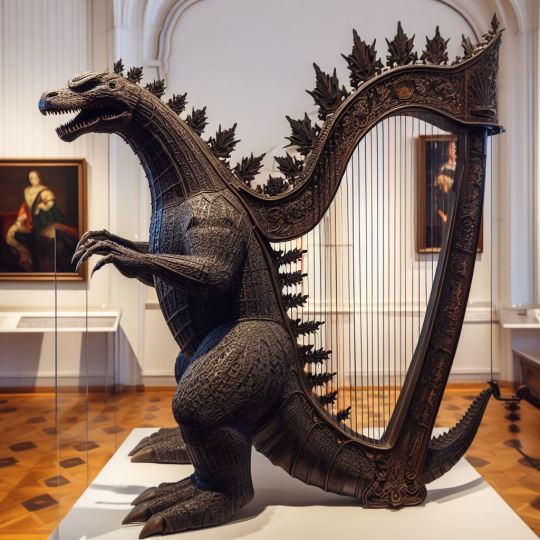
Ornate harp in the shape of Godzilla. Bratislava, Slovakia, 1367,
1K notes
·
View notes
Photo

Motion is Curved and All Curvature is Spiral" - Walter Russell
3K notes
·
View notes
Text
8K notes
·
View notes
Text

Kate Bush at home using her Fairlight CMI synth (c. 1980)
850 notes
·
View notes
Text

Myrmidons (Achilles plays the harp for Patroclus) Gouache Version (2024)
#marysmirages#mycenaean greece#ancient greek mythology#bronze age#iliad#achilles#patroclus#patrochilles#dog#harp#sea#seascape#myrmidons#tagamemnon#art#painting
558 notes
·
View notes
Text
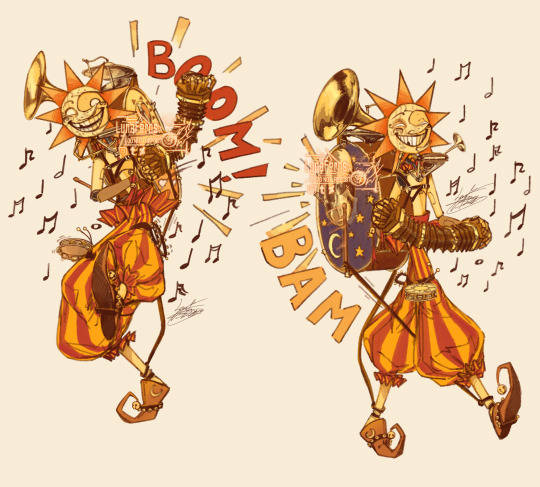
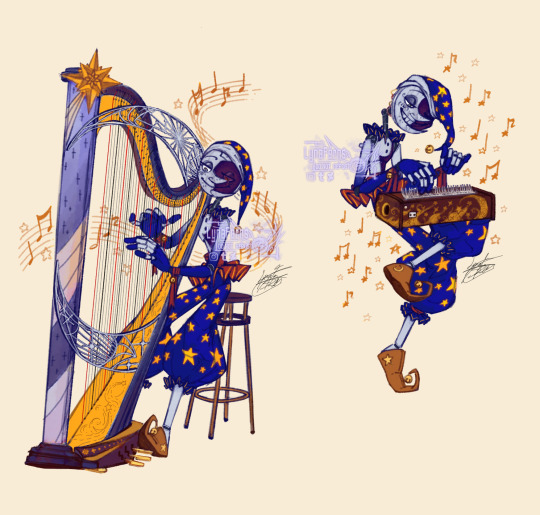
Jun 3 2022 and Jun 6 2022
I was talking with a friend about what instruments would the play
I came up with the One (sun)Man Band for Sun
Ispired by the 1964 Mary Poppins film
Aquí lo mismo pero en castellano que es la versión que vi
Moon is playing an harp and an Array mbira (wich is basically a big kalimba)
I don't quite like how I painted the harp
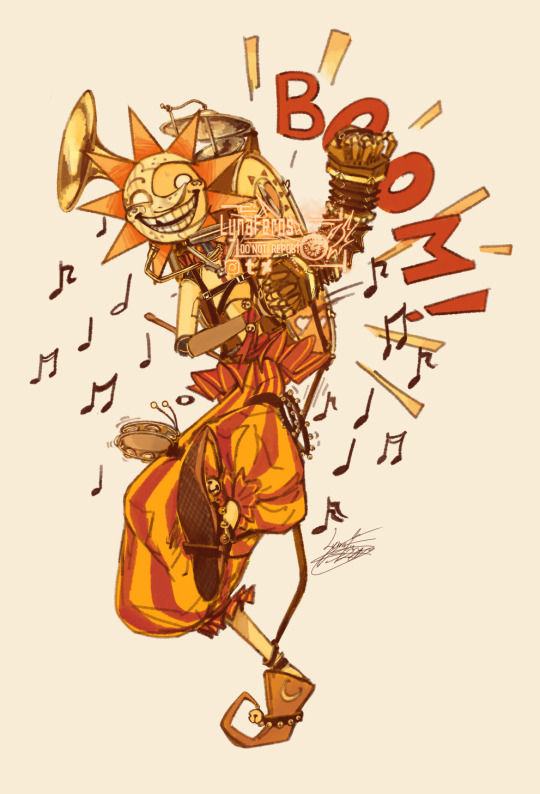
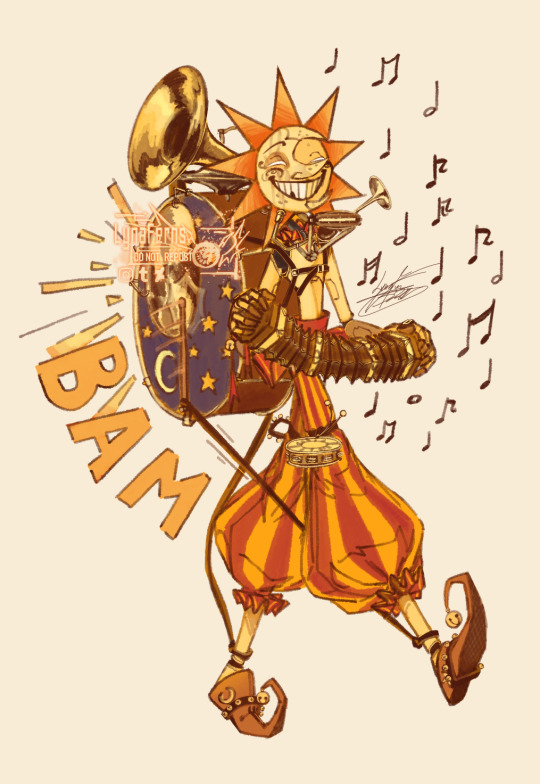


#my art#old art#drawing#one man band#harp#array mbira#digital art#fnaf security breach#fnaf#fnafsb#fnaf moon#fnaf sun#fnaf daycare attendant
4K notes
·
View notes
Text
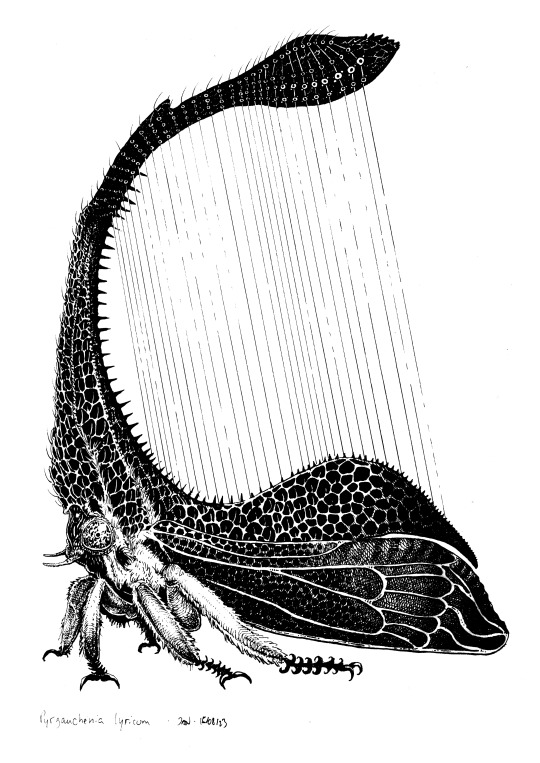
Pyrgauchenia lyricum
#treehopper#demon#music#Membracidae#harp#chimera#creature design#my lord it has been exhausting to draw a bug this size#monster#insect#bug#linework#fantasy
1K notes
·
View notes
Photo
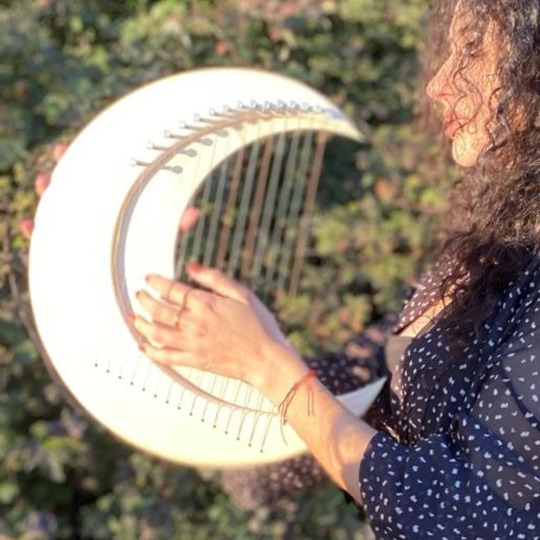

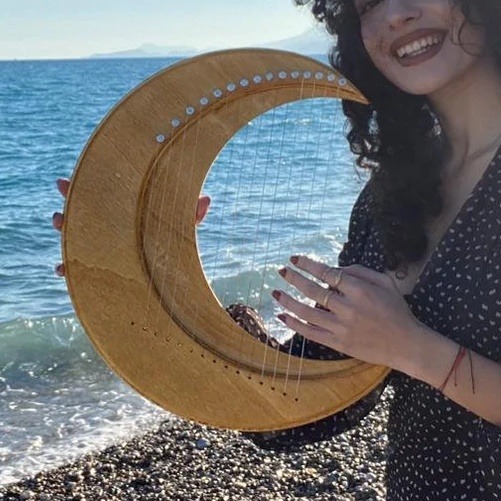
Moon Harps // Mini Arp on Etsy
3K notes
·
View notes
Text
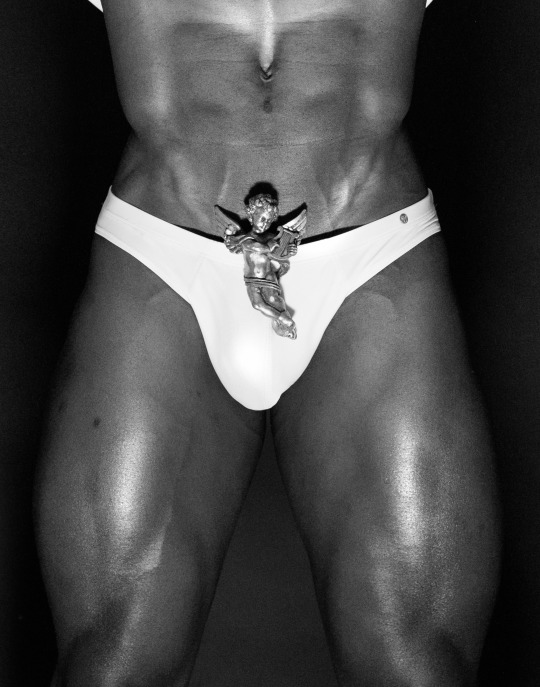
Voodoo- Hamidou Banor by Baldovino Barani for FACTORY Fanzine XXXVI
#rufskin#angel#cherub#baroque#harp#hamidou banor#hamidiu banor#baldovino barani#voodoo#vaudou#factoryfanzine#voodoo priest#new orleans#magik#spirits#offerings#french quarter#muscle#beauty#supermodel#baron samedi
625 notes
·
View notes
Text
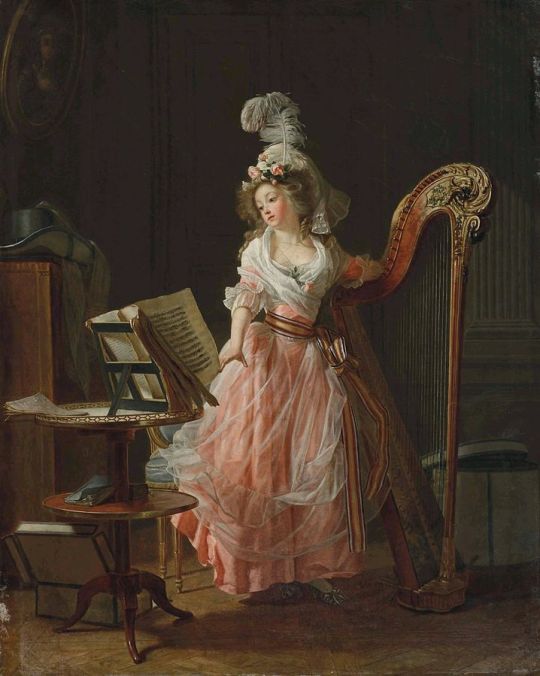
Michel Garnier (1753-1819)
"La jeune musicienne" (1788)
Oil on canvas
#paintings#art#artwork#genre painting#female portrait#michel garnier#oil on canvas#fine art#french artist#portrait of a woman#genre scene#harp#musician#musicians#musical instruments#pink dress#dresses#clothing#clothes#aesthetic#aesthetics#interior#1780s#late 1700s#late 18th century
589 notes
·
View notes
Text
Prehistoric Figurine of a Harp Player, from the Cyclades (Greece), c. 2700-2300 BCE: this figurine was shaped from a block of solid marble and then slowly sanded into form using pumice and emery

The figurine depicts a musician with a frame harp, an instrument that originated in the Near East and then later spread to the peoples of the Aegean. A sound box forms the section along the base of the instrument, and a small protrusion can be seen near the top of the harp's frame; some experts have argued that this protrusion might represent an ornamental carving of a waterfowl's head, while others argue that it represents a musical extension that facilitates the projection of sound (a feature that often appears on the stringed instruments of the ancient Near East).
This piece measures 35.8cm (about 14 inches) tall.
Musical performances like this are rarely depicted in Cycladic artwork. Depictions of male characters are similarly rare, representing only 5% of the Cycladic sculptures that are known to exist. When male figures are depicted, however, they are frequently shown playing musical instruments, as seen here.

Figurine of a Harpist, c. 2800-2700 BCE: a similar example of a Cycladic sculpture that features a musician with a frame harp
The Museum of Cycladic Art provides a more detailed explanation of the process by which these figures were created:
As we can deduce from the few unfinished figurines that have been discovered so far, the first step in the process was to roughly shape the raw piece of marble into a figure by the impact of a mallet. Emery powder was then used to abrade the surface until it obtained the desired shape and size. Once the desired shape was achieved, the surface was smoothed carefully before the fine work of carving the details started. At the end, the figurine was polished to a high degree that is still amazing.
And according to The Met:
Many of these figures, especially those of the Spedos type, display a remarkable consistency in form and proportion that suggests they were planned with a compass. Scientific analysis has shown that the surface of the marble was painted with mineral-based pigments—azurite for blue and iron ores, or cinnabar for red.
The Cycladic Islands (also known as the Cyclades) are a group of about 30 separate islands in the Southwest Aegean, off the coast of mainland Greece. These islands contain a wealth of natural resources, including marble, emery, pumice, obsidian, and an assortment of precious metals. The prehistoric peoples of the Cyclades made use of these resources for many different purposes, but the marble figurines/sculptures that they crafted during the Bronze Age are perhaps their most famous creation.
The vast majority of these figurines are stylized depictions of the female form. The cultural significance of the sculptures remains unclear; they may have simply been created as decorative pieces/artwork, without any additional function, or they may have been used as fetishes, totems, religious idols, grave goods, or votive offerings.
Sources & More Info:
The Getty Museum: Figurine of a Harp Player
The Met: Cycladic Harp Player
The Met: Early Cycladic Art and Culture
The Museum of Cycladic Art: Techniques
#archaeology#history#artifact#ancient history#prehistoric art#art#sculpture#music#greece#cycladic#bronze age#anthropology#harp
1K notes
·
View notes
Video
Avril 14th, Aphex Twin
Harp cover by Tamara Young
1K notes
·
View notes
Text

"SOFT HARP (SCALE A)"
CLAES OLDENBURG // 1992
[muslin, steel, clothesline, dacron,
resin and latex paint | 51 ½ x 27 x 7 ½"]
496 notes
·
View notes
Text
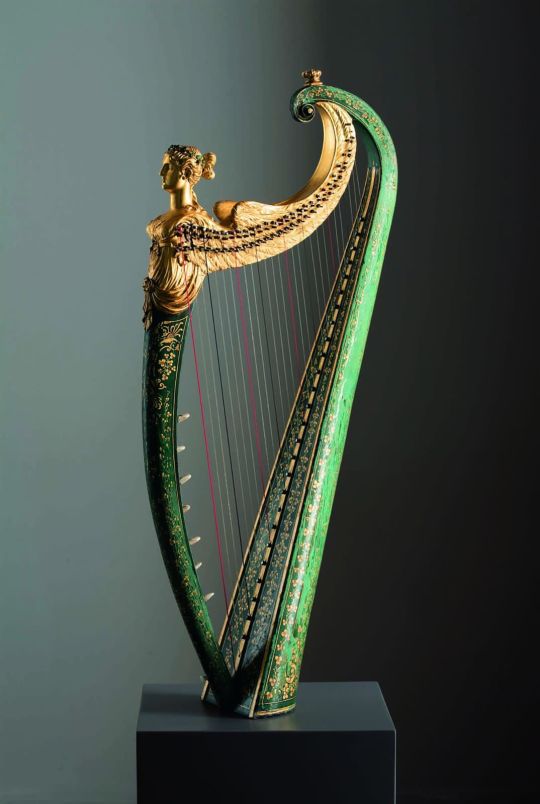
An Irish harp made by John Egan, 1820
#dark academia#light academia#academia aesthetic#classical#academia#escapism#classic literature#books and libraries#books#architecture#1800s#irish music#musical#instrument#harp#green#gold#this would be a goal to have#royal core#cottage core
8K notes
·
View notes